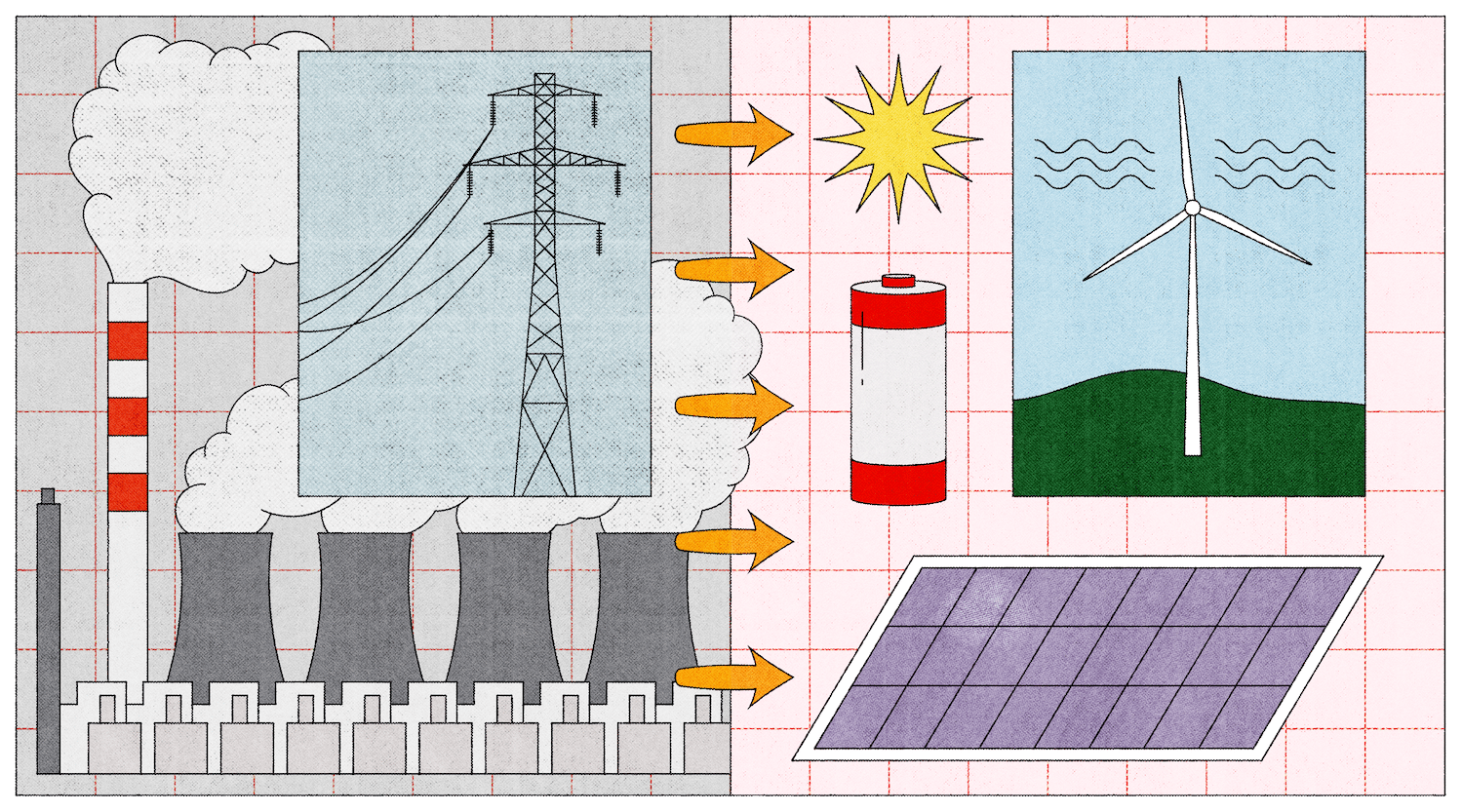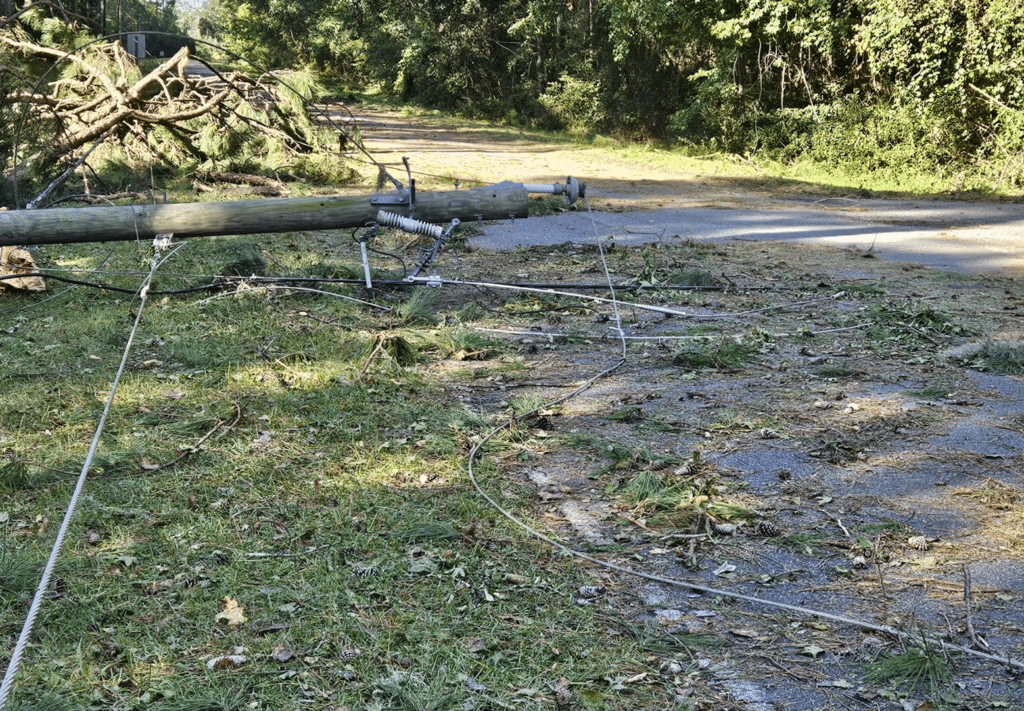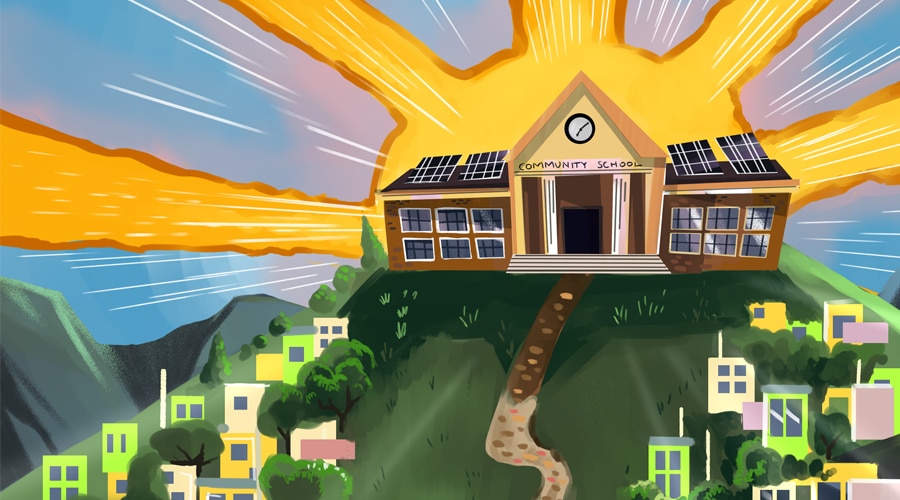In a new segment we’re calling ‘Electric vehicles, what can’t they do?’ we look at the emerging benefits of vehicle-to-grid (V2G) technology that car drivers and utility companies are increasingly tapping into during both times of crisis and to save on monthly bills. V2G is a technology that enables energy to be pushed back to the power grid from a battery from an electric vehicle. Here’s more about V2G:
The Rise of Electric Vehicles in the US
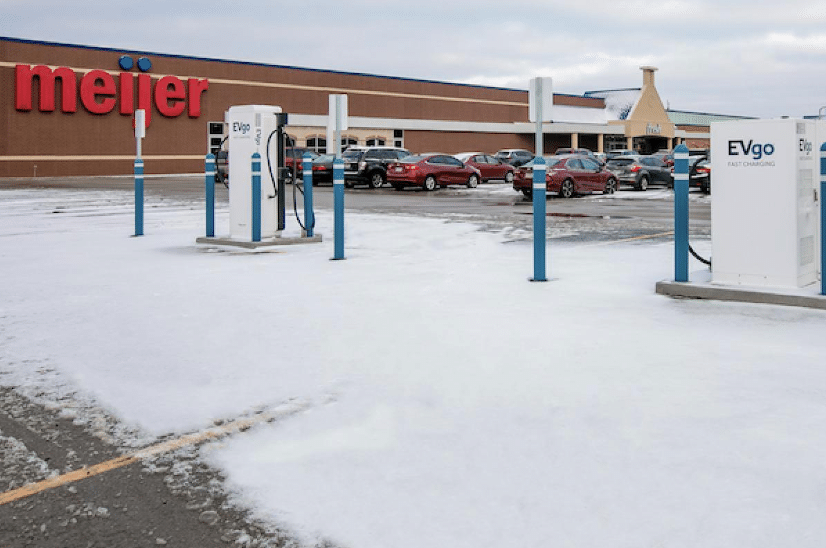
More than 77 million electric vehicles are estimated to hum along highways and byways by 2025 – helped along by a number of states with policies to permanently phase out the internal combustion engine by 2035. Gone are the days of needing to stop at the gas station for a weekly fuel-up with millions of Americans soon charging their batteries-on-wheels at home or the grocery store.
In 2021, the Bipartisan Infrastructure Investment and Jobs Act (IIJA), invested $5 billion in the National Electric Vehicle Infrastructure (NEVI) Program. This Congressional action creates a network of 500,000 public fast electric vehicle chargers no more than 50 miles from each other on designated highways throughout the country. Combined with the proliferation of new fast charging locations, the fact that nearly every car manufacturer in the U.S. offers an EV model, and national shopping chains including Walmart, Target, Sheetz, Starbucks, 7-Eleven, Taco Bell, Hertz, Kroger, and Giant Food Stores are all investing in charging infrastructure, it’s easy to see why battery range and price—historic barriers to EV ownership—are becoming less of an issue for the driving public.
How V2G Technology Benefits Communities
The vehicle-to-grid concept has been around for some time, but only recent investments at the state, federal, and commercial-levels have allowed EV ownership to truly expand. More EVs on the road means less pollution in the air, which is something we can all enjoy. However, tapping into the vehicle-to-grid is not only good for community health, but also helps our communities during times of natural disasters and in locations of uncertain energy reliability. There are numerous anecdotes of EV owners tapping into their car’s battery to power refrigerators or act as a home generator following hurricanes in Louisiana, earthquakes in California, tornadoes in Kentucky, or bomb cyclones in Michigan.

When it comes to supplying the local grid, EVs can help there too. In North Carolina, Duke Energy recently tested a pilot program with Ford F-150 Lightning drivers if they signed up for a smart-charging program through Duke. This is a win-win-win scenario. Win for the driver in lower costs to power-up their cool new F-150, win for the local utility to have a fleet of independent energy sources to connect to the grid during peak times of energy use, and a win for the environment when Duke doesn’t have to turn on fossil fuel-powered energy like coal or gas to meet the peak load. Across the country in California, PG&E is offering a similar program for owners of electric fleets.
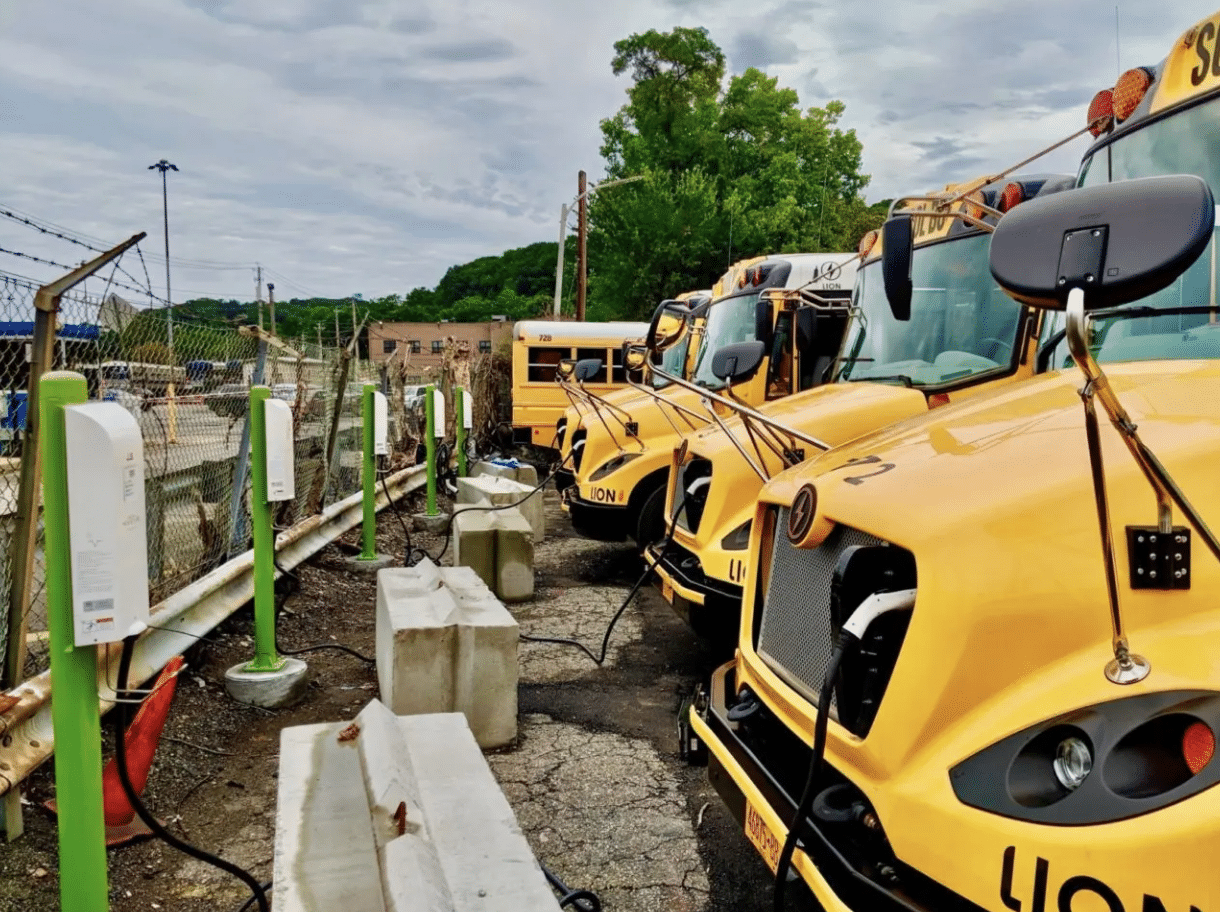
Electric school buses are an ideal use case for V2G technology. Most school buses transport students for only a few hours per day and can recharge and offer back-up power when school is in session and overnight. By delivering stored clean energy back to the grid when it’s needed most, electric school buses can help create a more resilient local power system. Many V2G pilot programs are taking place across the country, from Massachusetts to New York. Earlier this year, the first-ever vehicle-to-grid project to become fully operational took off in Southern California, through a collaboration with SDG&E, the Cajon Valley Union School District, and Nuvve. Six 60kW bi-directional DC fast chargers at Cajon Valley’s bus yard will help strengthen the electric grid by leveraging a vastly untapped energy storage resource: electric bus fleets.
Not to be left out, Apple has been quietly testing out a clean energy solution that connects iPhones with the grid while we sleep. “Clean Energy Charging” is a feature that maximizes phone charging when solar and wind energy is at its highest in your local grid. Apple doesn’t plan to stop at the phone either, so stay tuned for more Mac devices being equipped with this smart energy feature. As noted in The Washington Post coverage, “emissions from charging the nation’s 118 million or so iPhones are equivalent to about 85,000 new cars on the road,” making this move very consequential in the push to electrify our lives.
Hopefully in the not so distant future, anything with a plug will be capable of storing clean energy for later use whether for yourself or the grid.












